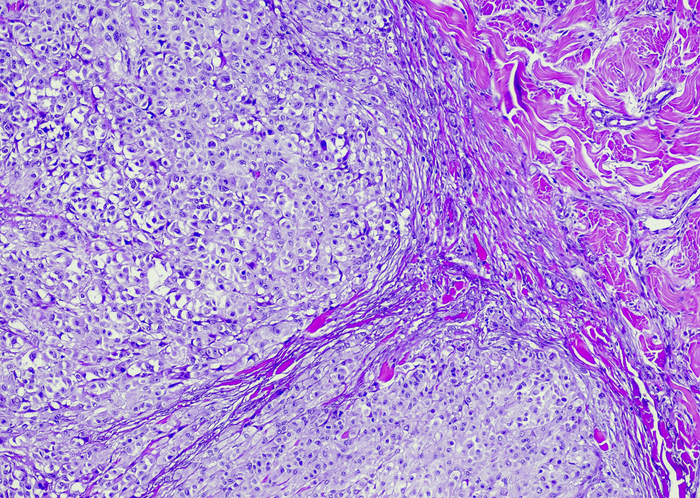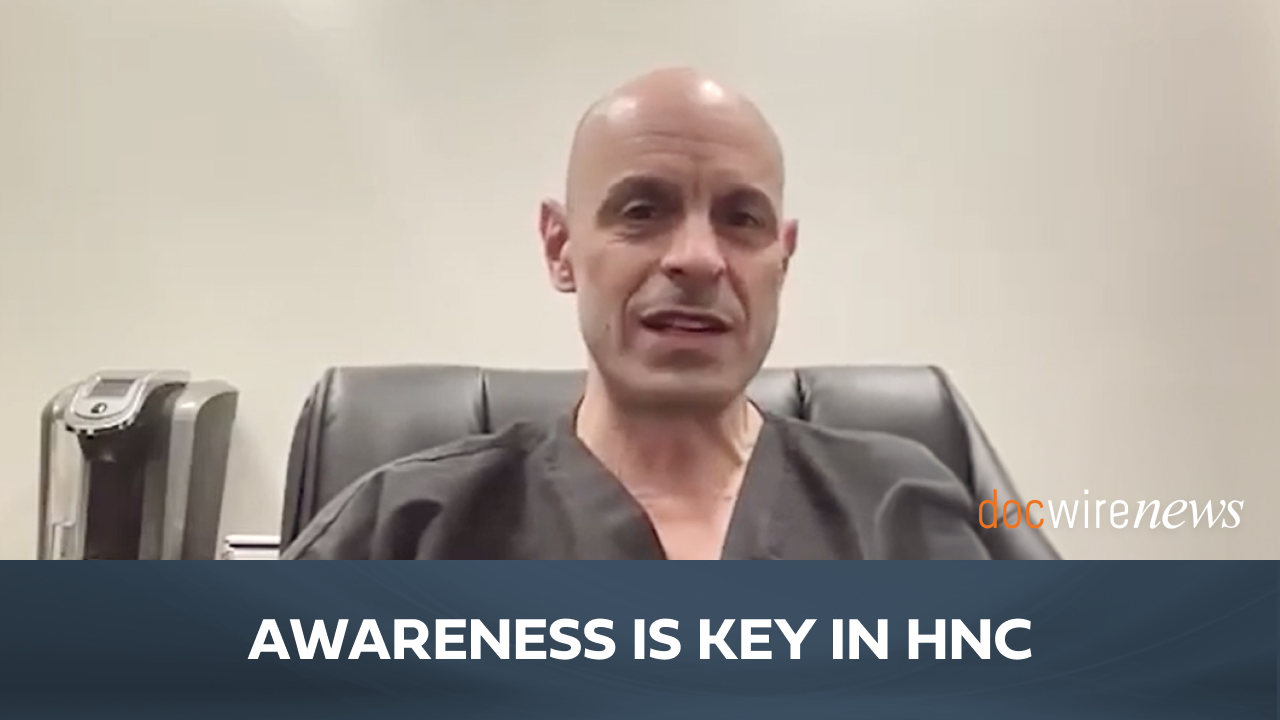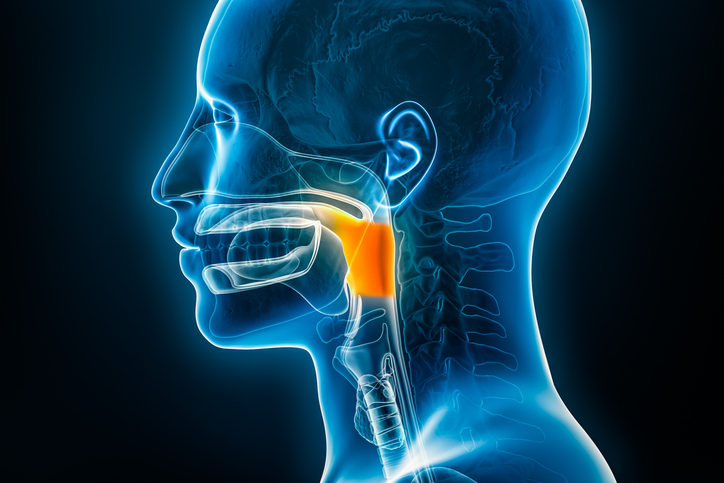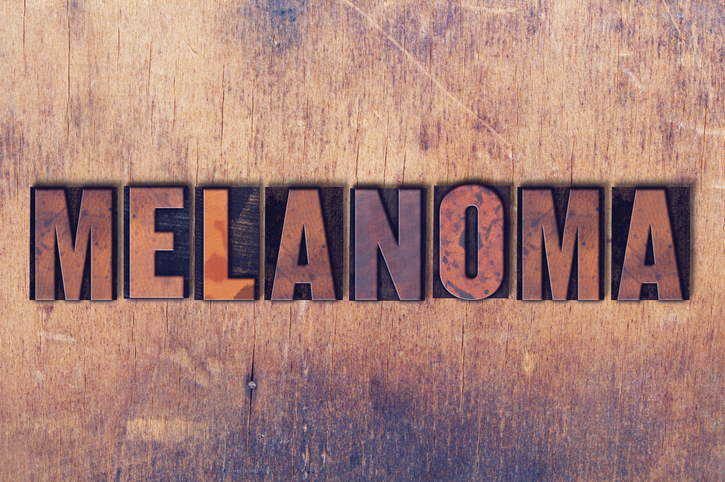
Jeff Bridges has been diagnosed with lymphoma, the actor announced on Twitter Monday evening.
“I have been diagnosed with Lymphoma. Although it is a serious disease, I feel fortunate that I have a great team of doctors and the prognosis is good,” he wrote. “I’m starting treatment and will keep you posted on my recovery.”
As the Dude would say.. New S**T has come to light.
I have been diagnosed with Lymphoma. Although it is a serious disease, I feel fortunate that I have a great team of doctors and the prognosis is good.
I’m starting treatment and will keep you posted on my recovery.
— Jeff Bridges (@TheJeffBridges) October 20, 2020
Bridges, 70, did not share what stage his cancer is or any other specifics, including what type of lymphoma he has.
Bridges, the son of actors Lloyd and Dorothy Bridges, made his film debut at the tender age of two years old in The Company She Keeps in 1951. He went on to appear in The Last Picture Show, Thunderbolt and Lightfoot, Starman, The Contender, True Grit, and Hell or High Water (among many other films and television shows), all of which garnered him Academy Award nominations. He recently appeared in Bad Times at the El Royale.
Celebrities and former co-stars reached out to express well wishes for bridges.
https://www.docwirenews.com/docwire-pick/hem-onc-picks/the-wanted-singer-tom-parker-reveals-glioblastoma-diagnosis-what-does-this-mean/
Lymphoma: Types, Symptoms, Treatments
Bridge’s tweet did not provide details of his disease. But lymphoma refers to a group of blood cancers that manifest in the lymphatic system. Lymphomas fall into one of two subtypes: Hodgkin lymphoma and non-Hodgkin lymphoma.
Hodgkin lymphoma, sometimes referred to as Hodgkin disease, is a rare illness often characterized by an enlarged lymph node in the neck, under the arm, or in the groin. It’s usually not painful but may hurt after alcohol consumption.
It’s important to note that while an enlarged lymph node may be the first clue that someone has Hodgkin lymphoma, there are also a host of other possibilities that cause enlarged lymph nodes, including an infection. When infection is the culprit, the lymph node is often painful to the touch and the swelling subsides when the infection clears up.
Other symptoms of Hodgkin lymphoma may include fever without infection, unintentional weight loss, night sweats, itchiness, fatigue, and loss of appetite. The American Cancer Society (ACS) notes that in many cases, a person’s only symptom is excessive fatigue. It’s also important to remember that, more often than not, the aforementioned symptoms are caused by something else, like an infection.
The primary treatments for Hodgkin lymphoma are chemotherapy and radiation therapy; in some cases, they may be used in combination. Patients who do not respond to chemotherapy and radiation therapy may undergo immunotherapy or stem cell transplant. Surgery is rarely used.
Hodgkin lymphoma is differentiated from non-Hodgkin lymphoma by a Reed-Sternberg cell, a specific abnormal cell. If it’s present, the disease is categorized as Hodgkin lymphoma. If no Reed-Sternberg cell is present, the disease falls under the non-Hodgkin lymphoma category.
Non-Hodgkin lymphoma refers to several types of lymphoma, and there are several ways they are categorized. ACS cites the classification system recognized by the World Health Organization, which bases categorization on:
- What type of lymphocyte the lymphoma starts in
- What the lymphoma looks under a microscope
- The lymphoma cells’ chromosome features
- Whether certain proteins appear on the surface of the cancer cells
Some symptoms of non-Hodgkin lymphoma are similar to those of Hodgkin lymphoma, including enlarged lymph nodes, weight loss, fatigue, fever, and night sweats. Other possible signs of non-Hodgkin lymphoma include chills, swollen abdomen, chest pain/pressure, shortness of breath, bruising or bleeding easily, and feeling full after only consuming a little bit of food.
Treatment for non-Hodgkin lymphoma depends on the type and may include chemotherapy, immunotherapy, targeted therapy, radiation therapy, stem cell transplant, and surgery.
What Is The Prognosis?
Depending on his specific diagnosis, Bridges may have a good prognosis.
Survival for lymphoma is dependent on several factors. The five-year relative survival rate for Hodgkin lymphoma is 87%. Factors that may indicate the disease is more serious include male sex, age older than 45 years, an elevated white blood cell count, and low red blood cell count, blood lymphocyte count, and albumin level.
The five-year relative survival rate for non-Hodgkin lymphoma is 72%–for diffuse large B-cell lymphoma, it is 63%, and for follicular lymphoma, 88%. Factors that may indicate the disease is more serious include age older than 60 years, stage 3 or 4 disease, and high blood level of lactate dehydrogenase.







 © 2025 Mashup Media, LLC, a Formedics Property. All Rights Reserved.
© 2025 Mashup Media, LLC, a Formedics Property. All Rights Reserved.